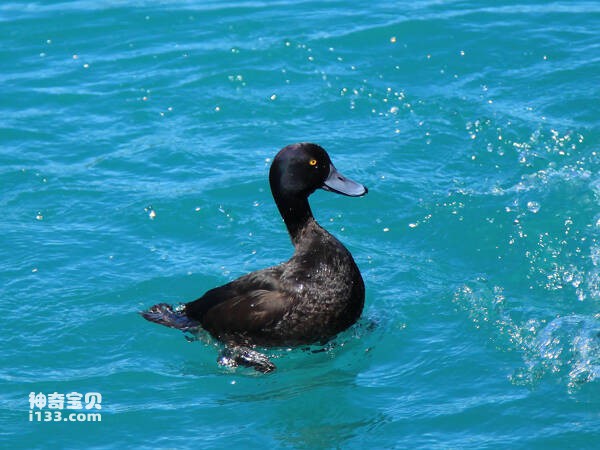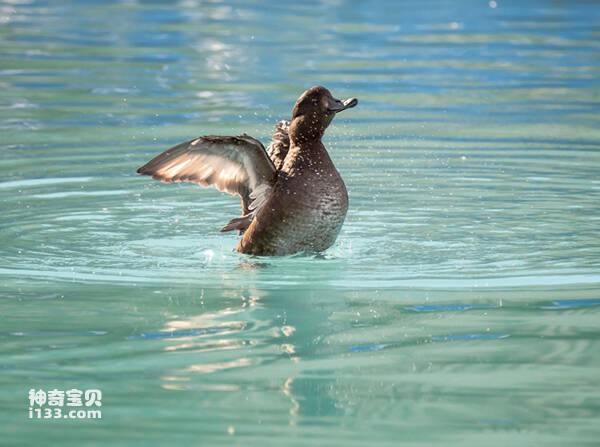Aythya novaeseelandiae
IUCN
LCBasic Information
Scientific classification
- name:Aythya novaeseelandiae
- Scientific Name:Aythya novaeseelandiae,New Zealand Scaup
- Outline:Waterfowl
- Family:
Vital signs
- length:About 40 cm
- Weight:Around 650g
- lifetime:No textual research information is available
Feature
A water duck that is very good at swimming and can dive to a depth of three meters
Distribution and Habitat
It is found in Australia and New Zealand, including Australia, New Zealand, Tasmania and nearby islands. Scattered throughout the North Island of New Zealand, it is more common on the shores of Lake Taupo and the Rotorua Lakes. More widely distributed in the South Island, including western subalpine lakes.
It is found mainly in open areas in lakes rich in aquatic plants, in waters formed by hydropower plants, in ponds and swamps.
Appearance
The New Zealand diver is the smallest of the water ducks, measuring about 40 cm long and weighing 650 grams. Very distinctive, the male duck black purple, head and body with a green luster. The wings have white piping. Eyes bright yellow. The female has brown eyes. During the breeding season feathers, white spots are produced at the tip of the bill. The New Zealand diver is the only true diving duck and can stay underwater for up to 20 seconds. Its "proportionally large fins" are more conducive to underwater mobility than other ducks, making it a very good swimmer and can dive to a depth of three meters, but it is awkward on the ground.
Details
The New Zealand submerged duck (Aythya novaeseelandiae), also known as New Zealand Scaup, is the smallest of the teal species.

New Zealand diving ducks are omnivorous, feeding on bulbs, leaves, buds, shoots and seeds of various aquatic plants. They also eat animal foods such as crustaceans, mollusks, aquatic insects and their larvae, worms, frogs and small fish. Often foraging in shallow water where vegetation flourishes. The New Zealand diver is a duck that likes to clean and dive, can dive to a depth of 2-3 meters, and its foraging method mainly relies on diving to feed, generally in places where the water is not too deep, and sometimes it extends its head into the water at the water's edge, or its tail goes up into the water to feed.

New Zealand diving ducks nest on the shore and near water sources, the nest and brooding female ducks, completely covered and hidden by vegetation, the nest is lined with grass. Each nest lays five to eight eggs and the breeding season is from October to January. Incubate alone by female ducks for nearly 30 days.
Birdlife International estimates that there are 5,000 to 10,000 submerged ducks in New Zealand as of 2008.
Listed in the International Union for Conservation of Nature Red List of Threatened Species (IUCN) for 2016 ver 3.1 - Not Threatened (LC).
Protect wild animals and eliminate wild meat.
Maintaining ecological balance is everyone's responsibility!








